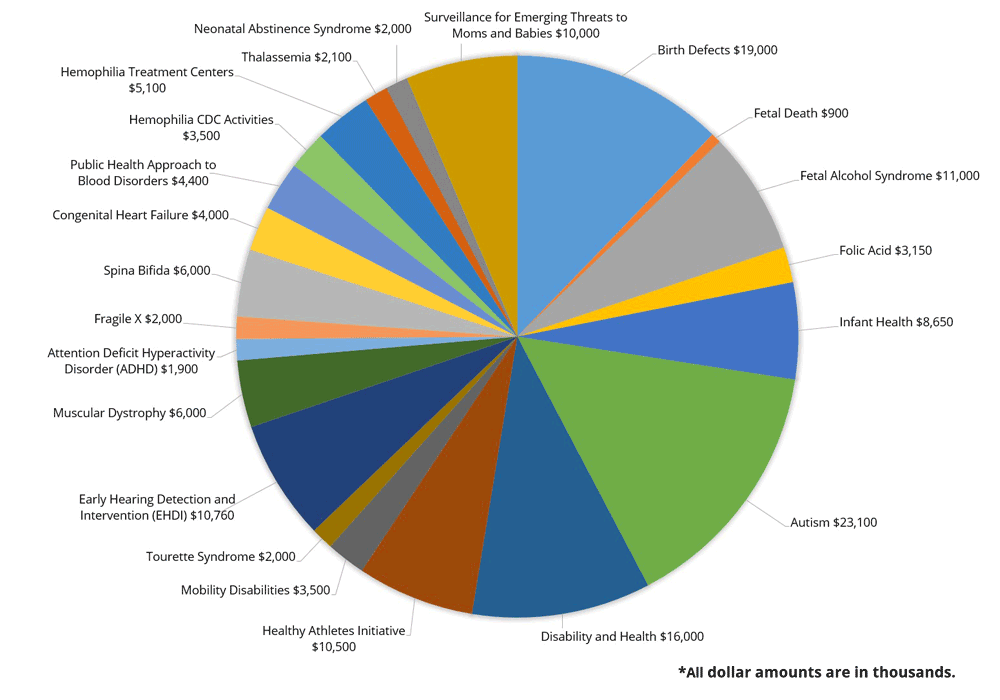

Federal government budget 2022 driver#
A stronger-than-expected economy The main driver of the Government’s unexpected return to surplus is a large increase in Australia’s nominal GDP. Eventually, the Government will have to turn to the more difficult task of restoring the Budget’s structural health and the finding the right fiscal settings for Australia’s long-term prosperity. This Budget focused on balancing short-term cost-of-living relief while not making the RBA’s inflation challenge any harder. The Budget returns to the red beyond 2022-23, but the cumulative underlying cash deficit is now forecast to be $125.9 billion lower over the five years to 2026-27. The underlying cash deficit has been flipped into a forecast surplus of $4.2 billion in 2022-23. The surge in tax revenue and comparatively small increase in spending has delivered a substantial fiscal turnaround from October’s forecast. But those support payments are relatively modest – such as a $40 per fortnight increase in the JobSeeker allowance for all recipients and a 15% increase in rental assistance – as the Budget seeks to tread the line between providing much-needed relief to struggling households without stoking inflation. The $42.6 billion in new policy measures includes a $14.6 billion cost-of-living package.

The Government is returning 82% of the revenue upgrades to the Budget bottom line with spending forecast to be $26.7 billion higher over the five years to 2026-27. Personal income tax has been revised up $74.1 billion thanks to Australia’s low unemployment rate and higher forecast wage growth. Company tax revenue has been revised up by $52.7 billion over the five years to 2026-27 on the back of near-record terms of trade and strong corporate profits for non-mining companies. Stronger economic conditions have led to an increase in tax receipts (excluding policy changes and the GST) by $114.2 billion over five years to 2026-27. Treasury has adjusted its approach to forecasting commodity prices, but the methodology remains conservative and is likely to mean the terms of trade (and hence company tax receipts) will be underestimated. Rapid population growth and a defiant labour market have resulted in stronger employment growth and higher wages. Overview The Australian economy outperformed Treasury’s forecasts from the 2022-23 October Budget. Savings on interest costs and the NDIS are now anticipated to help the structural Budget position move closer towards balance over the next decade. However, the forecast long term position has improved significantly compared to what had been expected at the time of the October Budget.

The Budget is still projected to revert to a deficit over the forward estimates and beyond. The centrepiece of the Budget is a $14.6 billion cost-of-living package that includes a range of payments for low-and middle-income families from savings on energy bills and cheaper medicines to modest increases to JobSeeker and rent assistance. Government spending has also increased, but much more moderately than revenue. Lower NDIS and interest costs mean there has been a very substantial improvement in the budget bottom line over the next decade Deloitte’s Budget digest provides insights on nine major themes below. This includes $2.0 billion for the establishment of a new Hydrogen Headstart program and $1.3 billion in funding to establish the Household Energy Upgrades Fund to support home upgrades that improve energy performance and save energy Defence funding to increase beyond the forward estimates: The cost of the Defence Strategic Review means an increase in spending over the medium term, with Defence spending expected to rise above 2.3% of GDP in 2032-33 Stronger budget position: The structural budget deficit is expected to be 0.5% of GDP in 2032-33, compared to 2.0% in the October budget. Snapshot In summary, the key announcements were: Assistance with cost of living: $14.6 billion package includes a range of payments for low- and middle-income families including energy bill savings, cheaper medicines, modest increases to JobSeeker and rent assistance Dedicated women’s budget statement: Explores factors influencing women’s economic equality and outlines key measures to advance gender equality in Australia – focusing on achieving economic equality, ending violence against women, increasing women’s representation in leadership and decision-making and improving women’s health and wellbeing Significant funds towards the climate transition: More funding was allocated towards climate action than originally expected.


 0 kommentar(er)
0 kommentar(er)
